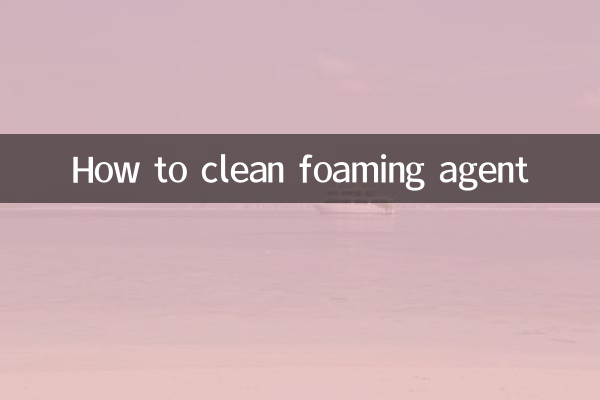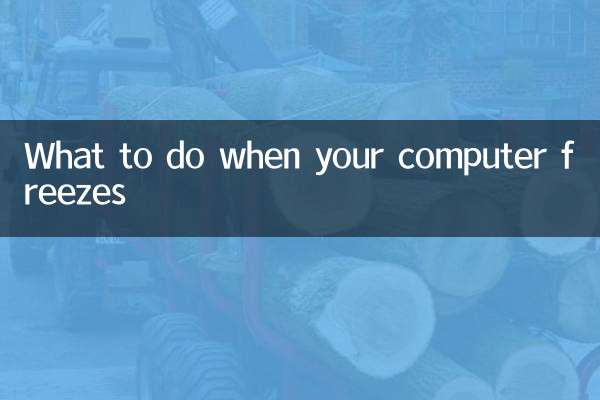How to clean foaming agent? Summary of hot topics and practical methods on the Internet in the past 10 days
Foaming agent, as a common filling and sealing material, is widely used in construction, home maintenance and other fields. However, if it is accidentally contaminated on clothing, skin or furniture surfaces, its stubbornness often causes headaches. This article combines popular discussions and practical tips across the Internet in the past 10 days to compile a detailed cleaning guide for you, with relevant data comparisons.
1. Analysis of Difficulties in Foaming Agent Cleaning

According to feedback from netizens and professional evaluations, the difficulty of cleaning the foaming agent mainly depends on the following factors:
| Influencing factors | Specific performance | Cleaning recommendations |
|---|---|---|
| Curing time | It is sticky and easy to spread when not cured, but hard and difficult to remove after curing. | Process as quickly as possible to avoid complete drying |
| Attached material | Different materials such as clothing fibers, skin, ceramic tiles, and glass need to be treated differently | Choose a targeted cleaner |
| Foaming agent type | Polyurethane (common) vs acrylic (more water soluble) | Polyurethane requires solvent, acrylic is washable |
2. Actual measurement comparison of popular cleaning methods across the entire network
By analyzing popular discussions on social platforms (such as Weibo and Douyin) and home forums, the following methods were frequently mentioned:
| Cleaning objects | Recommended method | Operation steps | Effectiveness Rating (1-5★) |
|---|---|---|---|
| Uncured foaming agent | Acetone or special cleaner | Wipe with cotton cloth and repeat until clean | ★★★★☆ |
| Cured foaming agent | Mechanical scraping + solvent softening | Scrape off the surface first, then soak the residue with acetone | ★★★☆☆ |
| Clothing stained | White vinegar + baking soda paste | Leave for 10 minutes after application, then rinse with brush | ★★★☆☆ |
| skin contamination | Edible oil + soap | Soften with oil and rinse with warm water | ★★★★☆ |
3. Sharing of actual test experience from netizens
1.@decoration expert Lao Li(TikTok hot post):
"After the foaming agent residue on the ceramic tiles is heated and softened with a hot air gun, it is removed with a plastic scraper and finally wiped with alcohol. The effect is better than scraping directly!"
2.#LifeTips#(Weibo topic):
"Don't scratch your hands if the foaming agent comes on them! Apply a layer of hand cream and massage for 5 minutes, then rinse with warm water to avoid skin damage."
4. Professional product recommendations
According to the sales data of e-commerce platforms (Taobao, JD.com) in the past 10 days, the following cleaning agents are more recognized by consumers:
| Product name | core ingredients | Applicable scenarios | price range |
|---|---|---|---|
| Mr. Whamfoam Foaming Agent Cleaner | Organic solvent compound formula | Residue after curing | 25-40 yuan |
| 3M special remover | Acetone derivatives | Uncured state | 50-80 yuan |
| Green Umbrella Multifunctional Cleaning Cream | Surfactant + abrasive particles | hard surface | 15-30 yuan |
5. Things to note
1. Wear gloves and maintain ventilation when using chemical solvents;
2. It is recommended to test in an inconspicuous place before first use;
3. If the contaminated area is too large or the material is sensitive (such as leather, silk), it is recommended to seek professional help.
Summarize: Foaming agent cleaning needs to be done "appropriately", and it is easier to handle when it is not cured. Combining the hotly discussed methods and actual measured data on the entire network, choosing a solution that suits your own scenario can greatly improve cleaning efficiency!

check the details

check the details